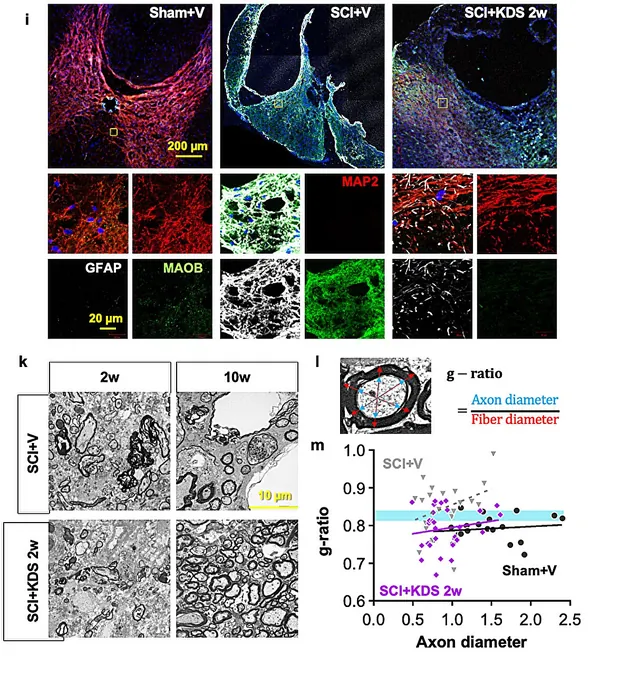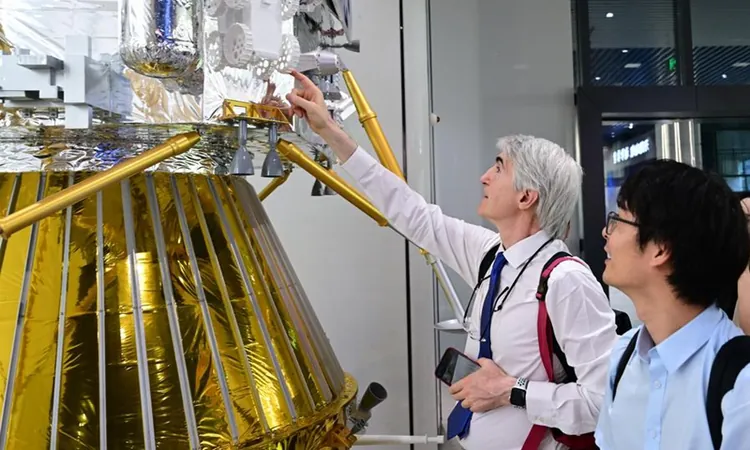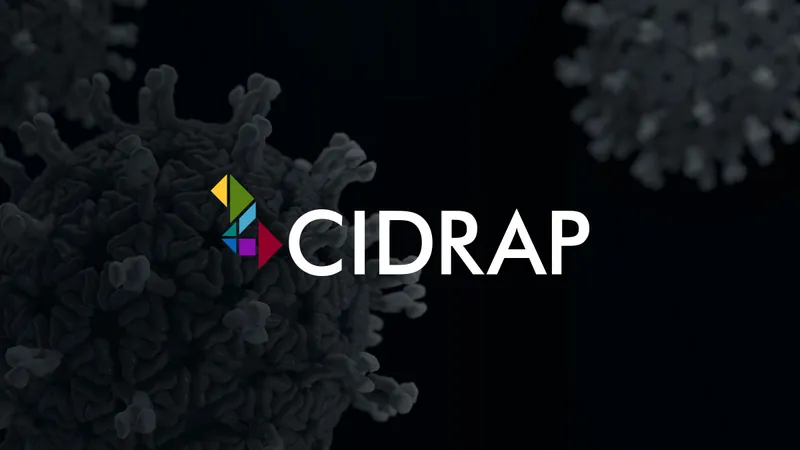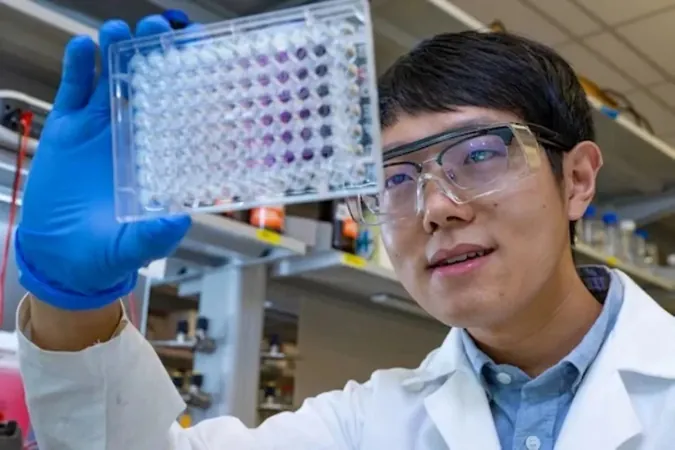
Revolutionary Discovery Could Unlock Spinal Cord Repair: A New Hope for Nerve Regeneration
2025-09-10
Author: Arjun
Unlocking the Secrets of Spinal Cord Injury Repair
Spinal cord injuries, often caused by accidents or falls, can lead to irreversible loss of motor and sensory functions. The spinal cord, which acts as a vital link between the brain and the body, has a built-in "brake" that significantly hinders its ability to heal. Now, for the first time, scientists have unveiled the molecular mechanism behind this repair-blocking brake, potentially opening new doors for recovery.
The Role of GABA and MAOB
A groundbreaking research team, led by C. Justin Lee at the Institute for Basic Science and in collaboration with Professor Ha Yoon from Yonsei University College of Medicine, found that an inhibitory neurotransmitter called GABA is pivotal in stopping recovery after spinal cord injury. Produced by astrocytes through the enzyme monoamine oxidase B (MAOB), GABA acts as a molecular brake, preventing essential signals from promoting nerve growth.
Going Beyond Old Theories
Traditionally, the failure of recovery post-injury has been blamed on the formation of a glial barrier created by the rapid growth of astrocytes, which, while protective initially, later blocks any chance of healing. Existing treatments have mainly focused on reducing inflammation rather than on fostering regeneration. This new research flips that narrative on its head.
The Breakthrough Findings
Building on their previous studies linking MAOB to neurodegenerative diseases like Alzheimer’s, the researchers examined its impact within the context of spinal cord injuries. Their findings showed that high levels of GABA inhibit key factors necessary for nerve regeneration. By blocking these inhibitory signals, they could effectively promote the regrowth of axons and restore motor functions.
Positive Results in Animal Models
In their experiments, they manipulated MAOB levels in animal models. Inhibiting MAOB resulted in successful axon regrowth and restoration of hindlimb motor function, while enhancing its expression led to significant tissue loss and minimal recovery. These results confirm the critical role of the MAOB-GABA pathway in enabling spinal regeneration.
Promising Results in Clinical Trials
The team also tested the MAOB inhibitor KDS2010 on spinal cord injury models. Treated mice displayed remarkable improvements in movement and significant axonal regrowth. Tissue repairs were evident, with reduced lesion sizes and increased remyelinated fibers. Encouragingly, similar progress was observed in non-human primates, highlighting the pathway's promise for broader applications.
A New Hope for Patients
KDS2010 has already passed safety evaluations in Phase I clinical trials involving healthy adults, paving the way for potential Phase II trials to assess its efficacy in human spinal cord injury patients. Lee expressed optimism about this direct molecular approach, noting that it represents a transformative shift away from conventional treatments.
Expanding Horizons in Neurology
Professor Ha Yoon indicated the potential for this research to extend beyond spinal injuries to other neurological disorders, creating a more comprehensive therapeutic strategy. As they venture into further trials, the potential to revolutionize treatment for various nerve conditions is clearer than ever.



 Brasil (PT)
Brasil (PT)
 Canada (EN)
Canada (EN)
 Chile (ES)
Chile (ES)
 Česko (CS)
Česko (CS)
 대한민국 (KO)
대한민국 (KO)
 España (ES)
España (ES)
 France (FR)
France (FR)
 Hong Kong (EN)
Hong Kong (EN)
 Italia (IT)
Italia (IT)
 日本 (JA)
日本 (JA)
 Magyarország (HU)
Magyarország (HU)
 Norge (NO)
Norge (NO)
 Polska (PL)
Polska (PL)
 Schweiz (DE)
Schweiz (DE)
 Singapore (EN)
Singapore (EN)
 Sverige (SV)
Sverige (SV)
 Suomi (FI)
Suomi (FI)
 Türkiye (TR)
Türkiye (TR)
 الإمارات العربية المتحدة (AR)
الإمارات العربية المتحدة (AR)